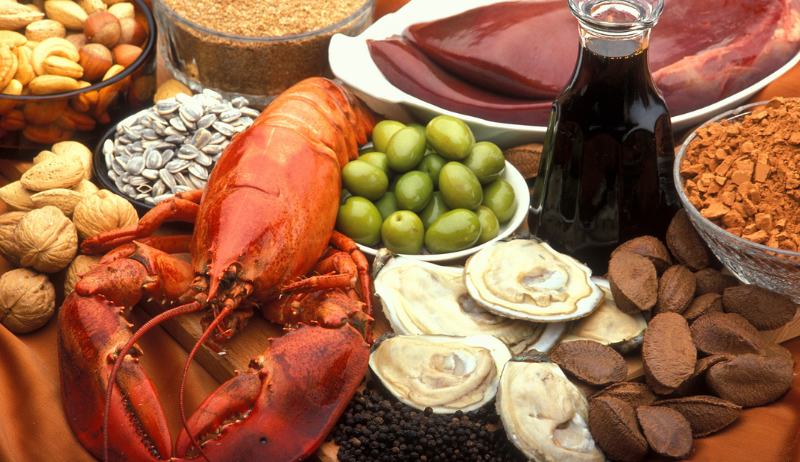Wild-Caught Indonesian Seafood: Complete Buyer Guide to Tuna and Lobster
December 24, 2024

Wild-Caught Indonesian Seafood: Complete Buyer Guide to Tuna and Lobster
The crystal-clear waters surrounding Indonesia 17,000 islands have long been treasured for their abundant marine life, particularly their premium tuna and lobster. This comprehensive guide will walk you through everything you need to know about sourcing the finest wild-caught seafood from this maritime paradise.
Indonesian Tuna: A Premium Global Export
Indonesia stands as one of the world leading tuna exporters, with its waters home to several prized species. The yellowfin tuna (Thunnus albacares) and bigeye tuna (Thunnus obesus) are particularly sought after for their superior meat quality and rich flavor profile.
Key Tuna Varieties and Their Characteristics
Yellowfin Tuna
- Peak Season: March to September
- Size Range: 20-200kg
- Best Uses: Sashimi, steaks, high-end restaurant applications
- Quality Indicators: Deep red meat, firm texture, clear eyes, bright red gills
Bigeye Tuna
- Peak Season: Year-round, with peaks in April-June
- Size Range: 30-180kg
- Best Uses: Premium sashimi, high-end Japanese cuisine
- Quality Indicators: Dark red meat, high fat content, firm texture
Indonesian Lobster: The Spiny Delicacy
Indonesian waters are home to several species of spiny lobster, with the most commercially valuable being the ornate spiny lobster (Panulirus ornatus) and the sand lobster (Panulirus homarus).
Understanding Lobster Grades
Premium Grade (Export Quality)
- Weight: Above 600g
- Shell: Unblemished, vibrant coloring
- Vitality: Highly active
- Price Point: Premium market, fine dining establishments
Standard Grade
- Weight: 400-600g
- Shell: Minor imperfections acceptable
- Vitality: Active
- Price Point: Regular restaurant trade
Sourcing and Import Considerations
Documentation Requirements
- Catch certificates
- Health certificates
- Certificate of Origin
- HACCP compliance documentation
- Import permits specific to your region
Quality Control Tips
- Partner with certified processors
- Request sample shipments before large orders
- Establish clear grading criteria with suppliers
- Implement temperature monitoring during transit
Sustainability and Regulations
Indonesia has implemented strict regulations to ensure the sustainability of its seafood industry:
- Minimum size requirements for both tuna and lobster
- Seasonal fishing restrictions
- Gear restrictions to minimize environmental impact
- Protected areas and no-take zones
Market Trends and Pricing Factors
The Indonesian seafood market is influenced by several factors:
Price Determinants
- Seasonal availability
- Global demand
- Fuel costs
- Weather conditions
- Export regulations
Current Market Trends
- Growing demand for sustainable certification
- Increased focus on traceability
- Premium pricing for fully documented catch
- Rising interest in value-added products
Tips for Buyers
Building Strong Supplier Relationships
- Visit processing facilities when possible
- Maintain regular communication
- Establish clear quality expectations
- Develop long-term partnerships
Quality Assessment Checklist
- Physical appearance
- Temperature monitoring records
- Processing facility conditions
- Transportation methods
- Documentation completeness
Looking Ahead: Industry Developments
The Indonesian seafood industry continues to evolve with:
- Implementation of digital traceability systems
- Increased focus on sustainable fishing practices
- Development of aquaculture alternatives
- Enhanced cold chain infrastructure
Conclusion
Indonesia wild-caught tuna and lobster represent some of the finest seafood available in the global market. Success in sourcing these premium products requires understanding quality indicators, maintaining strong supplier relationships, and staying informed about regulatory requirements.
For buyers entering this market, the key is to develop relationships with reliable suppliers who can consistently deliver quality products while maintaining compliance with both Indonesian and international regulations.
About the Author: This guide was compiled through extensive research and consultation with industry experts, including seafood buyers, processors, and marine biologists specializing in Indonesian waters.

 English
English Chinese
Chinese